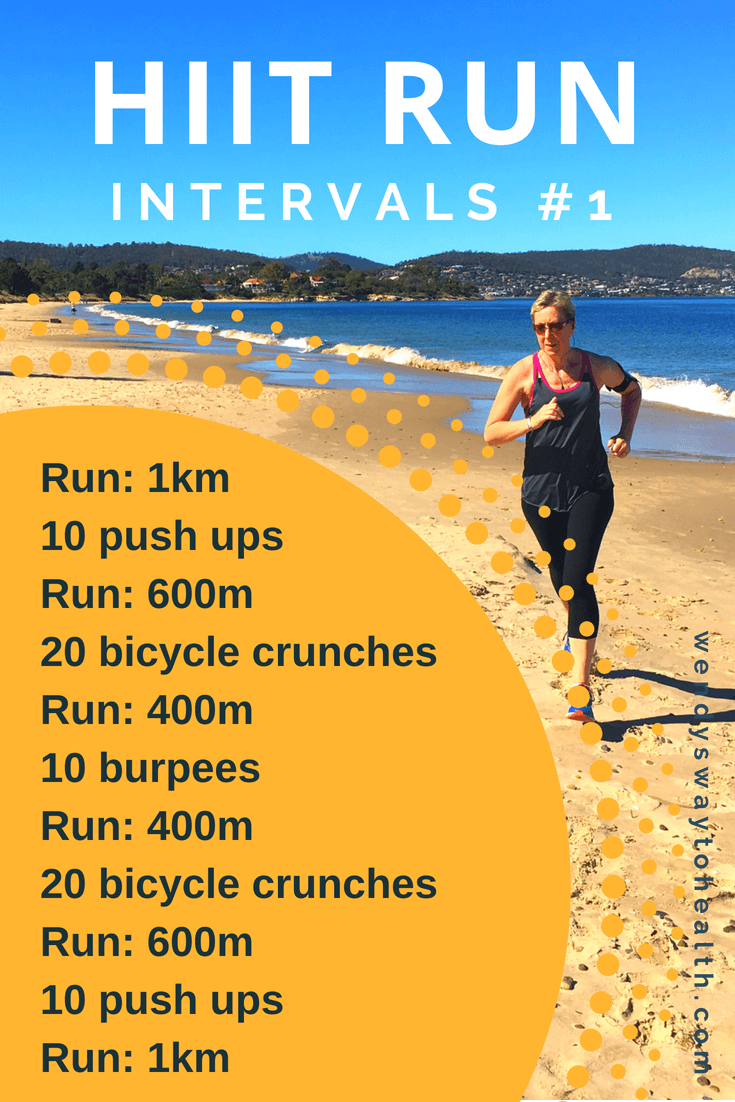Control Your Runs: Proven Strategies for Reliable Running Workout
Handling Typical Running Pains: Reasons, Solutions, and Avoidance
As runners, we typically come across numerous discomforts that can prevent our efficiency and satisfaction of this physical task. By discovering the origin reasons for these running pains, we can uncover targeted solutions and preventive measures to ensure a smoother and more fulfilling running experience.
Common Running Pain: Shin Splints
Shin splints, an usual running discomfort, commonly result from overuse or improper shoes during physical activity. The recurring tension on the shinbone and the cells connecting the muscle mass to the bone leads to inflammation and discomfort.
To avoid shin splints, people should slowly raise the intensity of their workouts, put on suitable shoes with correct arch assistance, and maintain versatility and toughness in the muscular tissues surrounding the shin. If shin splints do take place, preliminary therapy entails rest, ice, compression, and elevation (RICE) Furthermore, integrating low-impact tasks like swimming or biking can aid preserve cardio health and fitness while allowing the shins to heal. Consistent or serious situations might call for clinical evaluation and physical therapy for efficient administration.
Common Running Discomfort: IT Band Disorder
Along with shin splints, an additional widespread running discomfort that professional athletes commonly come across is IT Band Disorder, a condition brought on by inflammation of the iliotibial band that leaves the external upper leg and knee. IT Band Syndrome usually shows up as discomfort on the outside of the knee, especially throughout tasks like running or cycling. The iliotibial band is a thick band of fascia that connects the hip to the shin, and when it comes to be swollen or tight, it can rub versus the upper leg bone, leading to discomfort and discomfort.
Runners experiencing IT Band Disorder might discover a painful or aching feeling on the external knee, which can worsen with continued task. Elements such as overuse, muscular tissue imbalances, incorrect running kind, or inadequate warm-up can add to the growth of this condition.
Typical Running Discomfort: Plantar Fasciitis

Plantar Fasciitis can be attributed to different aspects such as overtraining, incorrect shoes, working on tough surface areas, or having high arcs or level a fantastic read feet. To prevent and reduce Plantar Fasciitis, runners can integrate stretching exercises for the calves and plantar fascia, wear supportive footwear, preserve a healthy weight to decrease strain on the feet, and gradually increase running intensity to avoid abrupt stress and anxiety on the plantar fascia. If symptoms persist, it is advised to get in touch with a medical care specialist for correct medical diagnosis and treatment options to address the condition properly.
Usual Running Discomfort: Jogger's Knee
After addressing the difficulties of Plantar Fasciitis, an additional prevalent problem that joggers often deal with is Jogger's Knee, an usual running pain that can impede sports efficiency and cause pain throughout physical activity. Runner's Knee, also understood as patellofemoral discomfort disorder, manifests as pain around or behind the kneecap. Runners experiencing this discomfort might really feel a plain, aching pain while running, going up or down stairways, or after long term durations of resting.
Common Running Pain: Achilles Tendonitis
Typically affecting joggers, Achilles Tendonitis is an unpleasant problem that impacts the Achilles ligament, creating pain and possible limitations in physical activity. The Achilles tendon is a thick band of tissue that connects the calf muscle mass to the heel bone, vital for tasks like running, leaping, and strolling - check it out. Achilles Tendonitis typically creates as a result of overuse, improper footwear, inadequate stretching, or sudden boosts in physical task
Signs And Symptoms of Achilles Tendonitis consist of pain and stiffness along the ligament, specifically in the early morning or after periods of lack of exercise, swelling that gets worse with task, and possibly bone stimulates in chronic cases. To prevent Achilles Tendonitis, it is essential to extend correctly before and after running, put on proper footwear with correct support, slowly enhance the intensity of workout, and cross-train to decrease recurring anxiety on the tendon.
Verdict
